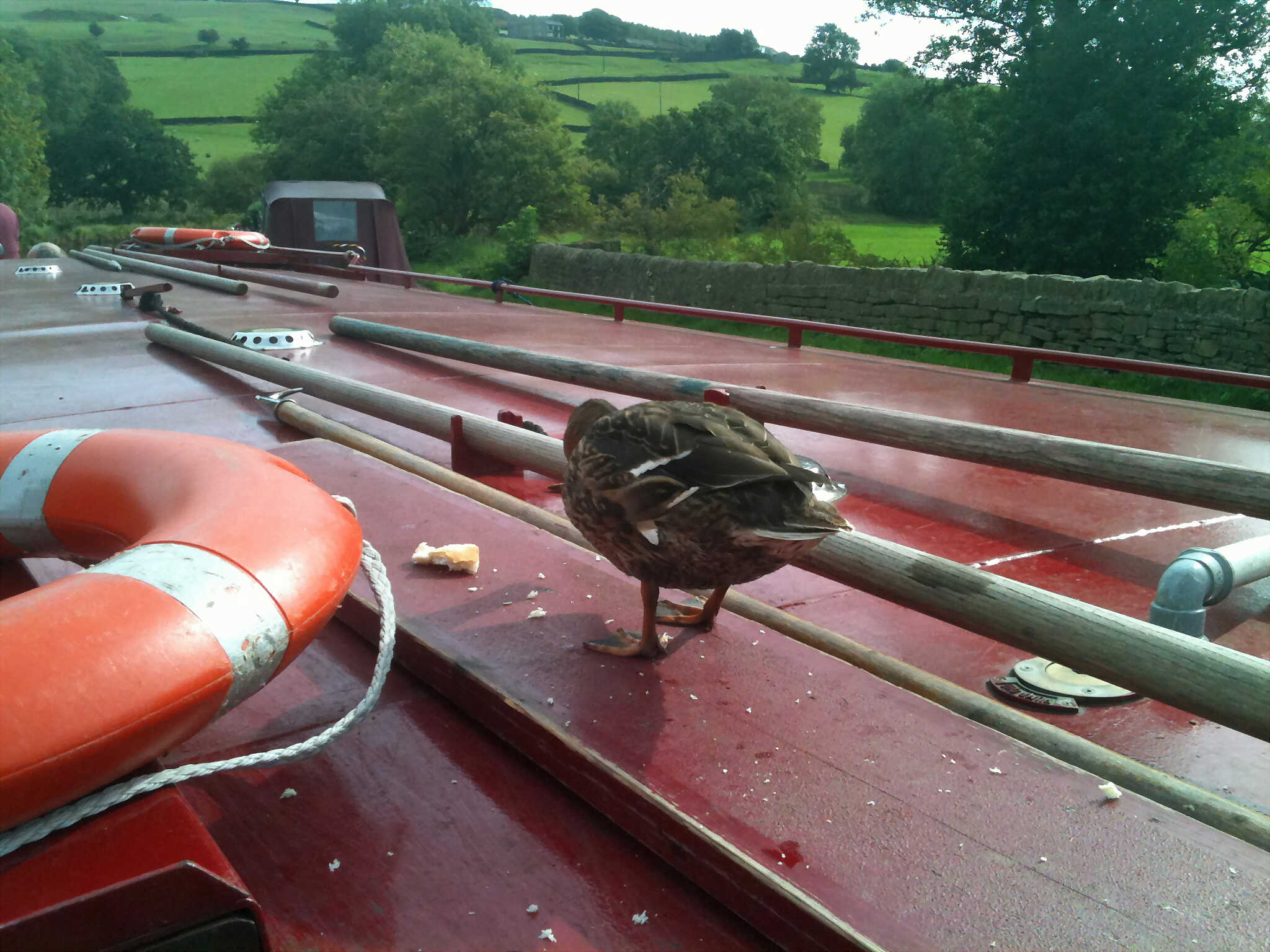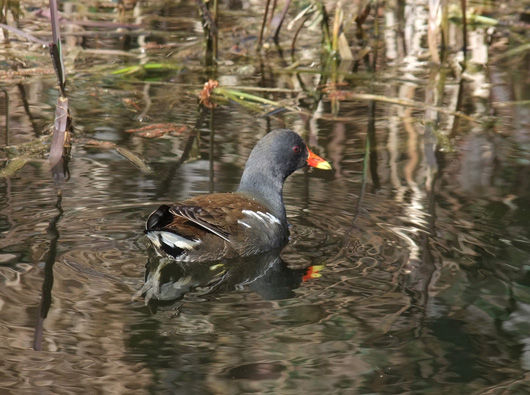
What Sights to Look for on a Trip
There are many things to see on a canal trip, from wildlife, unusual boats and historical sights
The Kingfisher
One of the most difficult birds to spot is the Kingfisher, they are quick to flit about. Even if you see one pointing it out to someone else is difficult.
Kingfishers are small unmistakable bright blue and orange birds living on slow-moving or still water.
They fly rapidly, low over water, and hunt fish from perches on the bank, occasionally hovering above the water’s surface. It can be spotted sitting quietly on low-hanging branches over the water, suddenly diving in to catch a small fish.
Kingfishers live in burrow-like nests choosing a perfect spot for fishing!
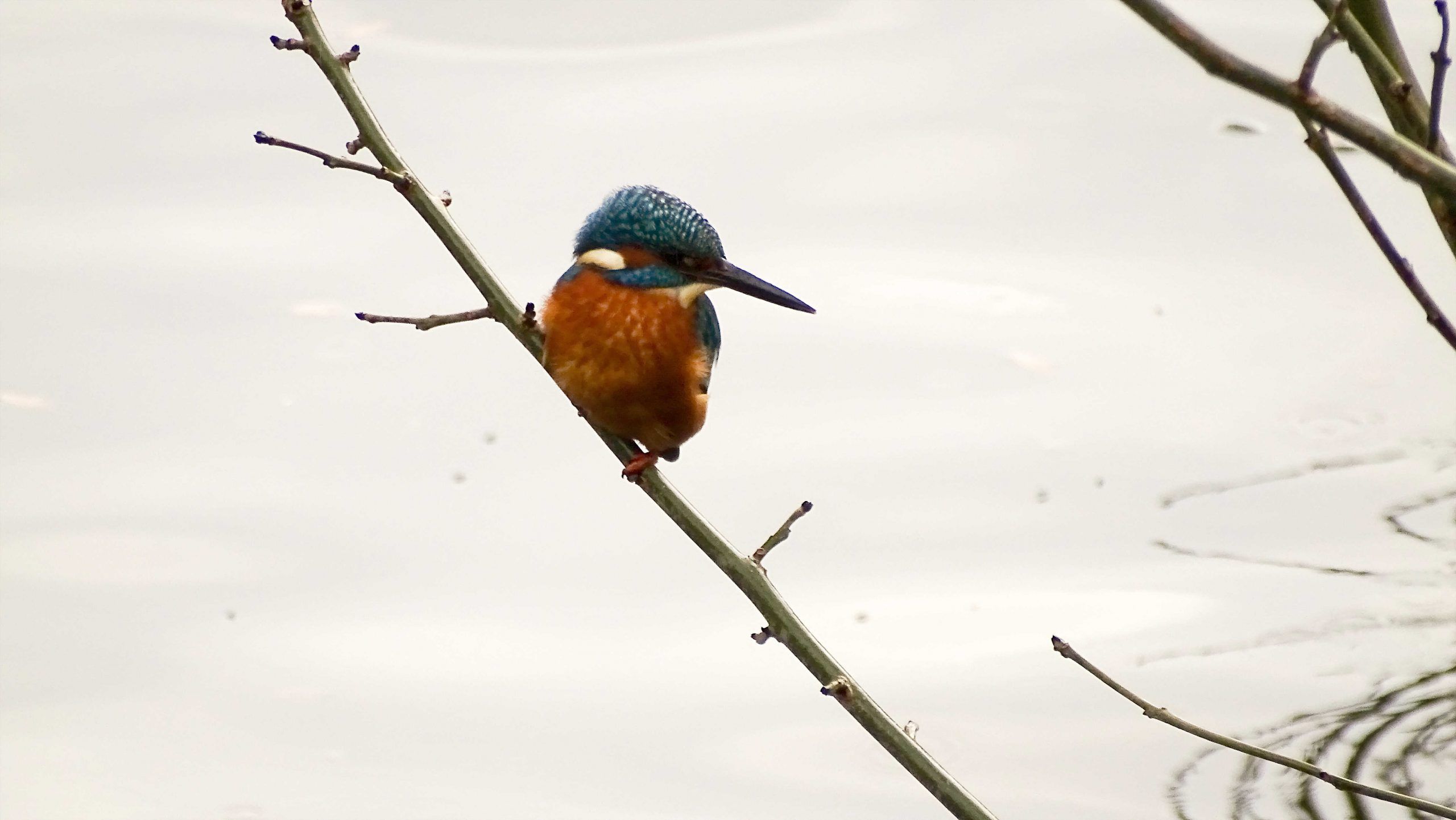
The Heron
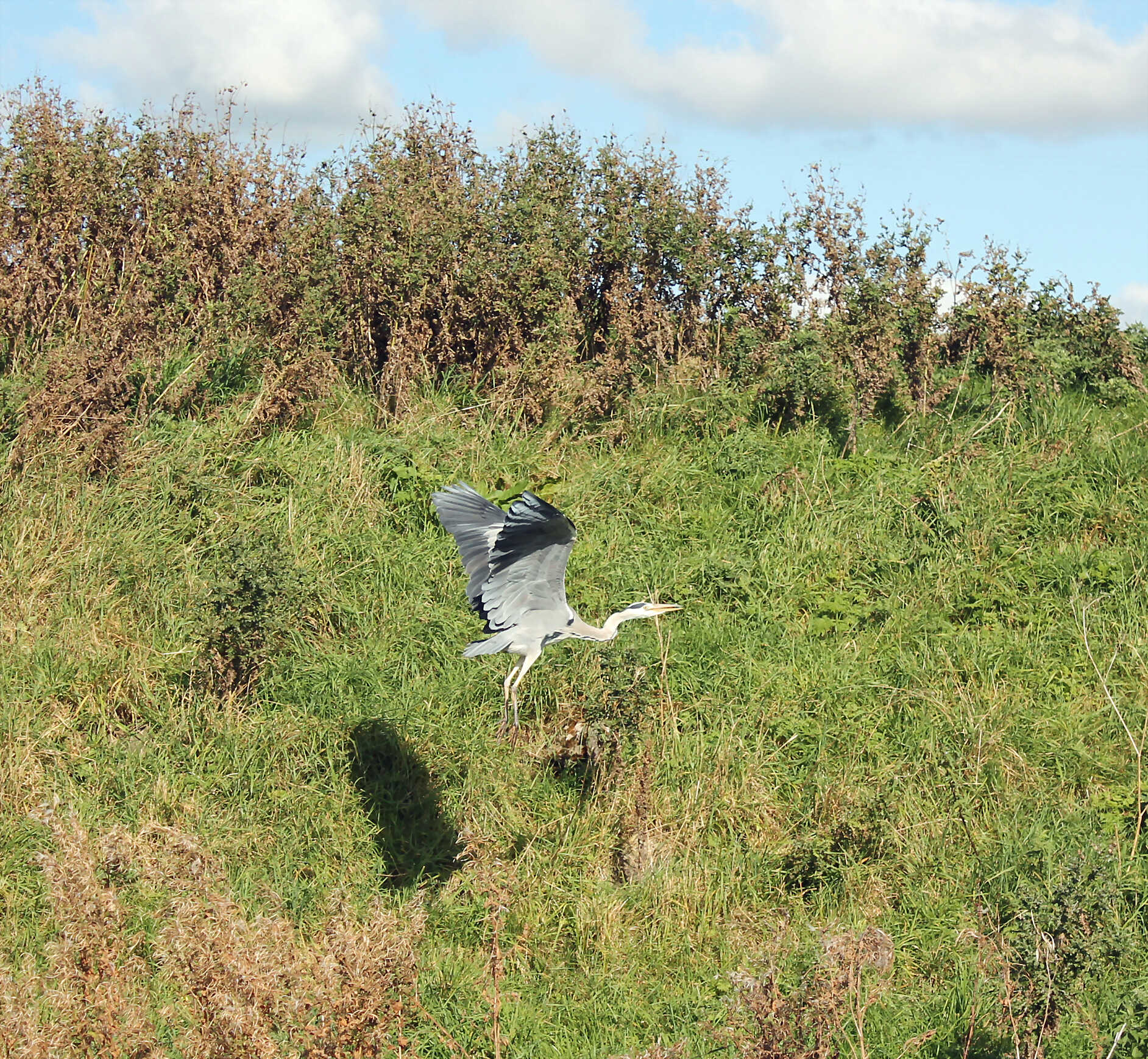
Grey herons are unmistakeable: tall, with long legs, a long beak with grey, black and white feathering. They can stand with their neck stretched out, looking for food, or hunched down with their neck bent over their chest.
Herons are often seen stood as still as a statue on their long thin legs patiently waiting for their next meal to swim by. These tall birds spend most of their time alone feeding mainly on fish but can be tempted by the occasional tasty mole, baby duck or possibly signets.
When feeling particularly lazy the heron will visit gardens with ponds for a quick and easy snack. Make sure you look out for these incredible birds in flight, their slow-flapping wings and long legs held out behind make them hard to miss.
They can be seen on the banks of the canal and will often fly round the boat to return to their perch once the boat has passed by.
Swans
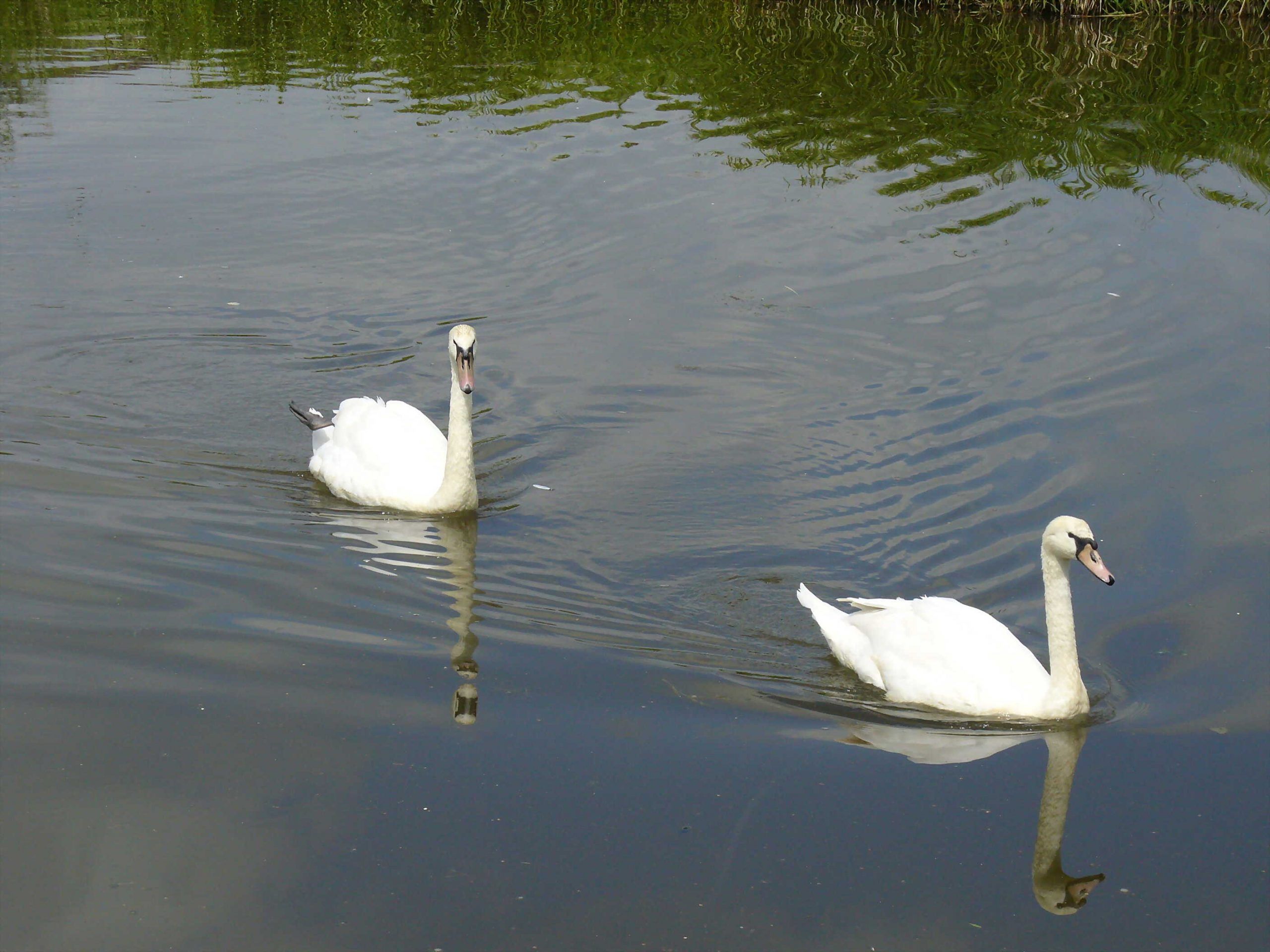
There is a large number of swans living on the canal system year-round. The most common species in north is the Mute which does not migrate.
Although they are called Mute, they do make noises, particularly when protecting their young. After repulsing an enemy, swans utter a triumph note, as geese do.
They will viciously attack anything that they perceive as a threat to their chicks, including humans. They can be found nesting in a number of places and during the summer.
There is also a large number of young males living in the fields on the way towards Gargrave.
Swans feed on land and in water by up-ending or dabbling in shallows. They are almost entirely herbivorous, although they may eat small amounts of aquatic animals. They will often follow the boat looking for the green algae that grows on the fenders. Swimming or standing, the mute swans often tuck one foot over their back.
Swans mate for life, and typically bond even before they reach sexual maturity. “Divorce”, though rare, does occur; one mute swan study shows a 3% rate for pairs that breed successfully and 9% for pairs that do not. The pair bonds are maintained year-round.
Swan’s nests are on the ground near water and about a metre across. Unlike many ducks and geese, the male helps with the nest construction, and will also take turns incubating the eggs. He will often be seen on guard duty swimming with the female and the signets.

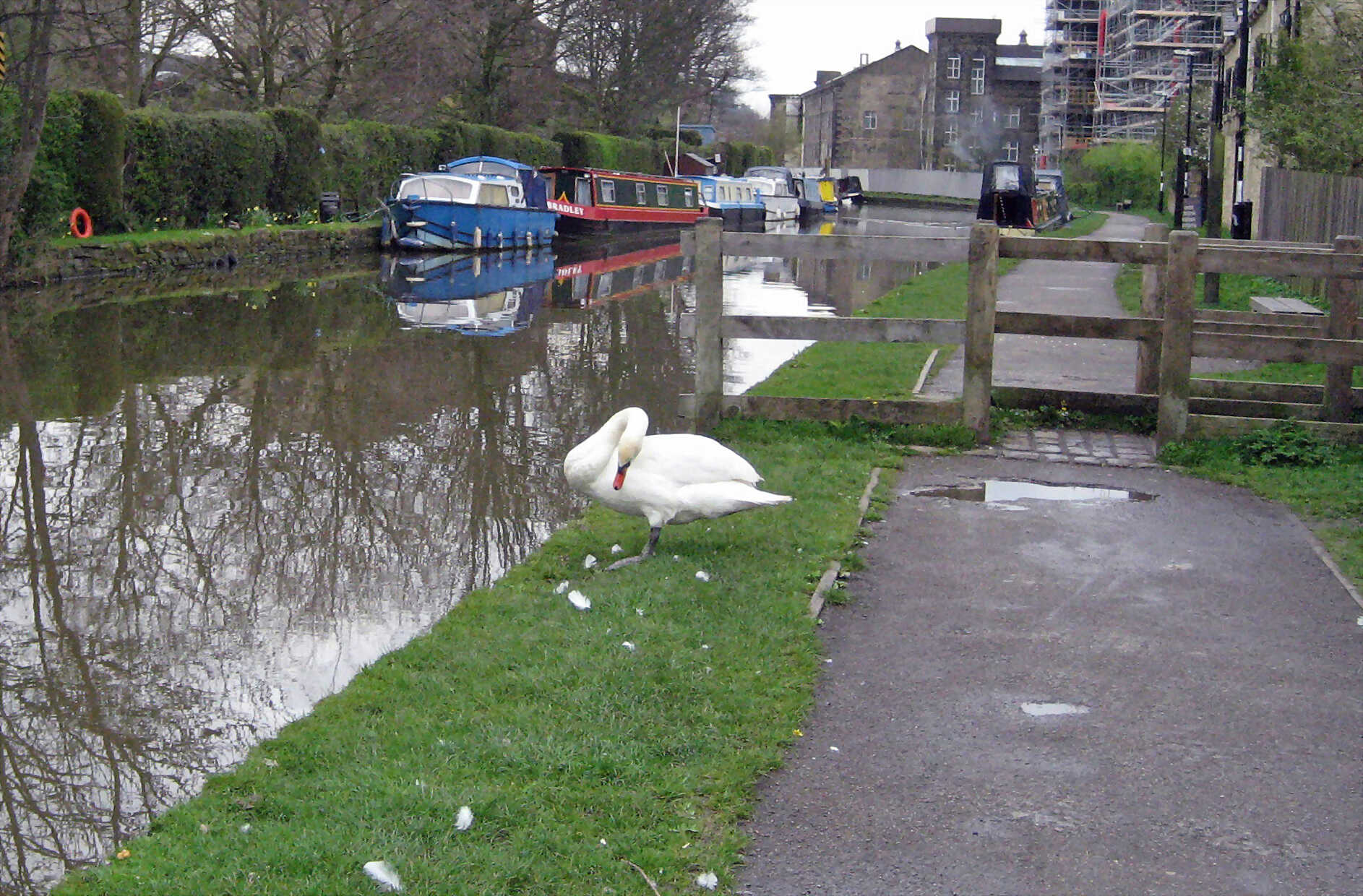
Male swans are called cobs, and females called pens, look alike. Swans are sociable except in breeding season. The pen incubates, on average, half-dozen pale unmarked eggs in the nest while the cob keeps close guard.
The young, called cygnets, emerge short-necked and thickly downed; though capable of running and swimming a few hours after hatching. They are carefully tended for several months and may ride about on their mother’s back. The really small young signets can be taken by pike in the canal or herons as food. Immature birds wear mottled grey or brown plumage for two or more years.
Swans mature in the third or fourth year and live perhaps 20 years in the wild and 50 years or more in captivity.
Canada Geese and Ducks
The Canada Goose is a large wild goose with a black head and neck, white cheeks, white under its chin, and a brown body. It was introduced from North America about 300 years ago. Like most geese, the Canada goose is primarily herbivorous and normally migratory; it tends to be found on or close to fresh water.
Extremely adept at living in human-altered areas, Canada geese have established breeding colonies in urban and cultivated habitats, which provide food and few natural predators. The success of this common park species has led to often being considered a pest species because of its excrement, crop damage, its noise and aggressive territorial behaviour towards both humans and other animals.
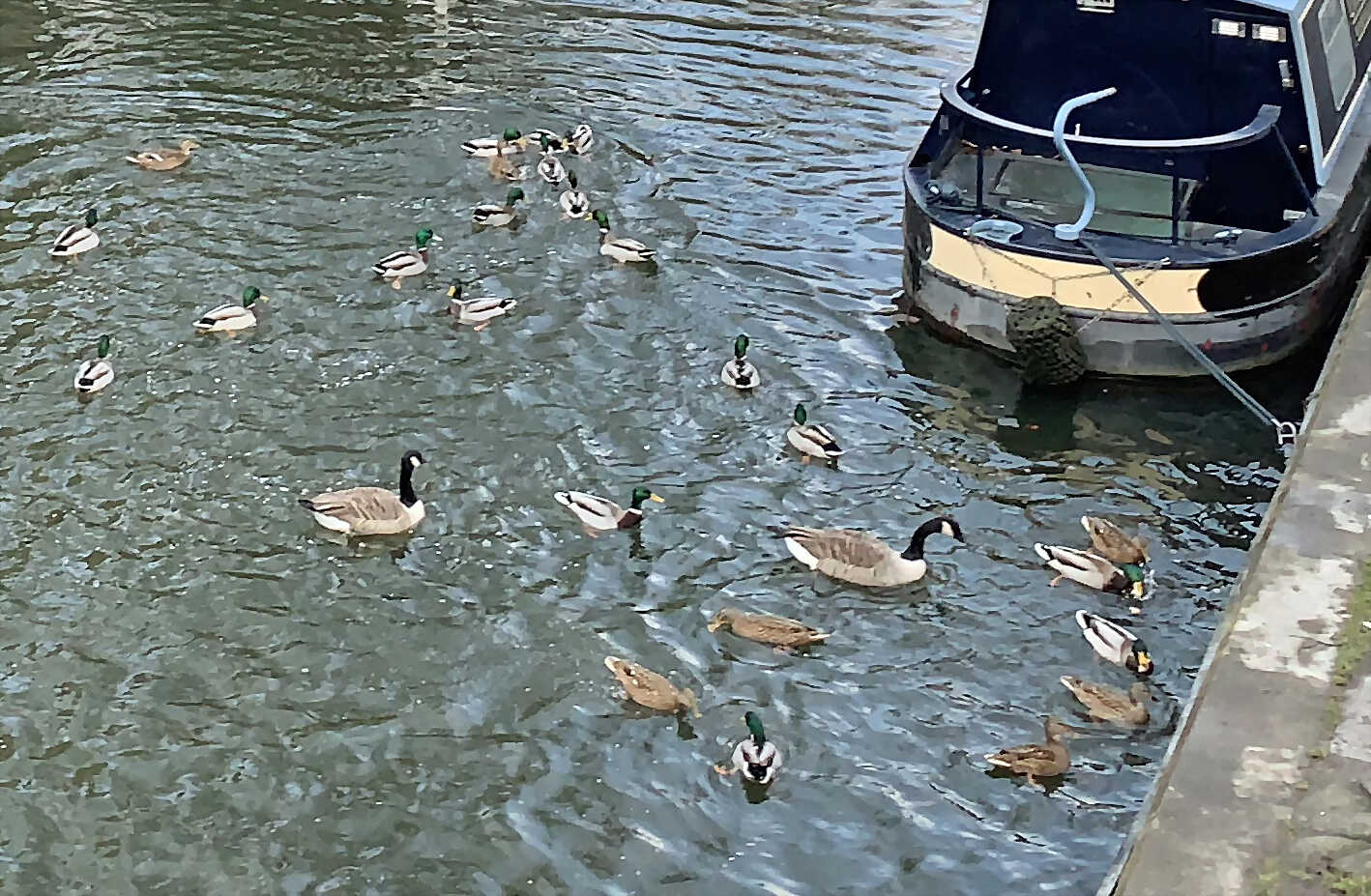
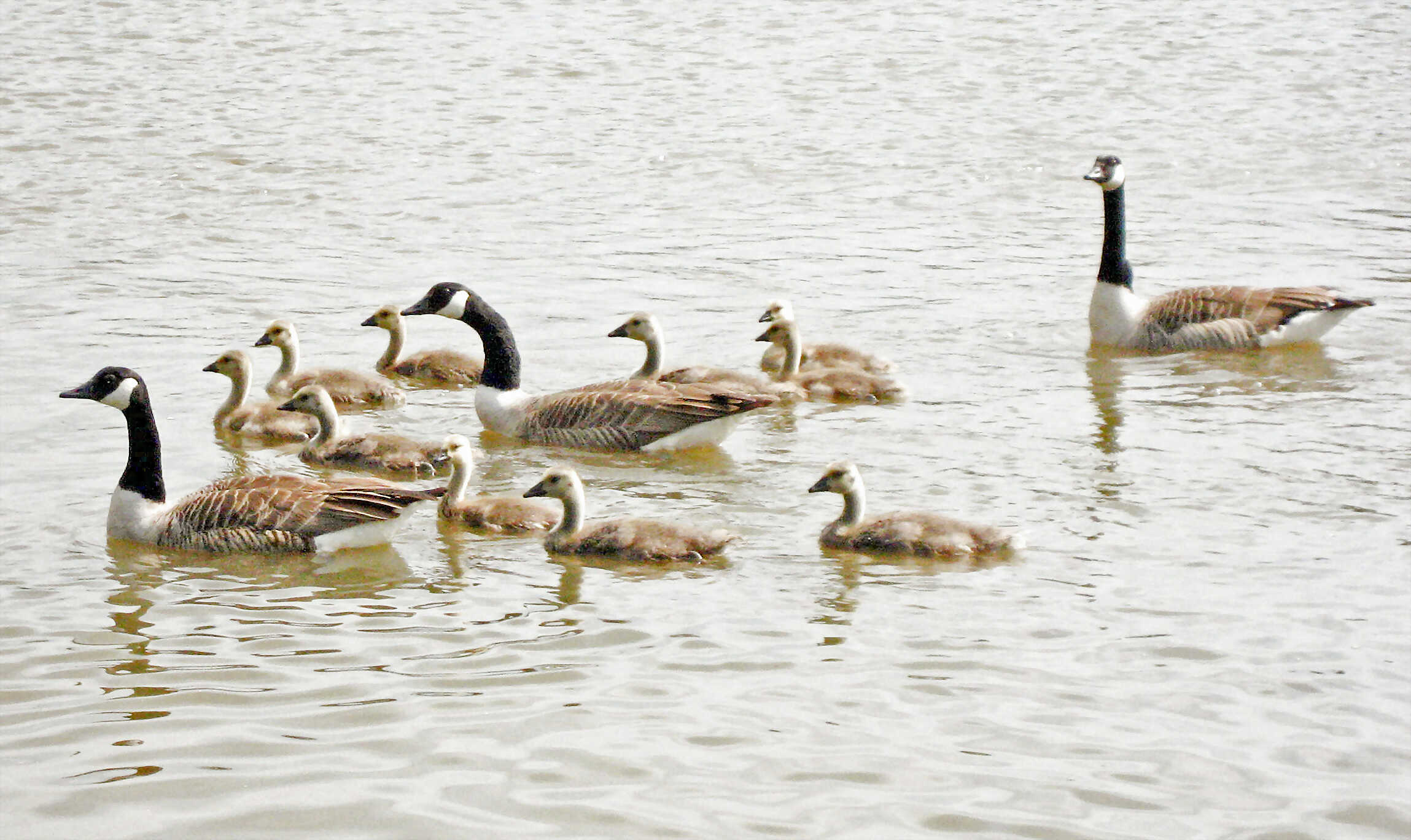
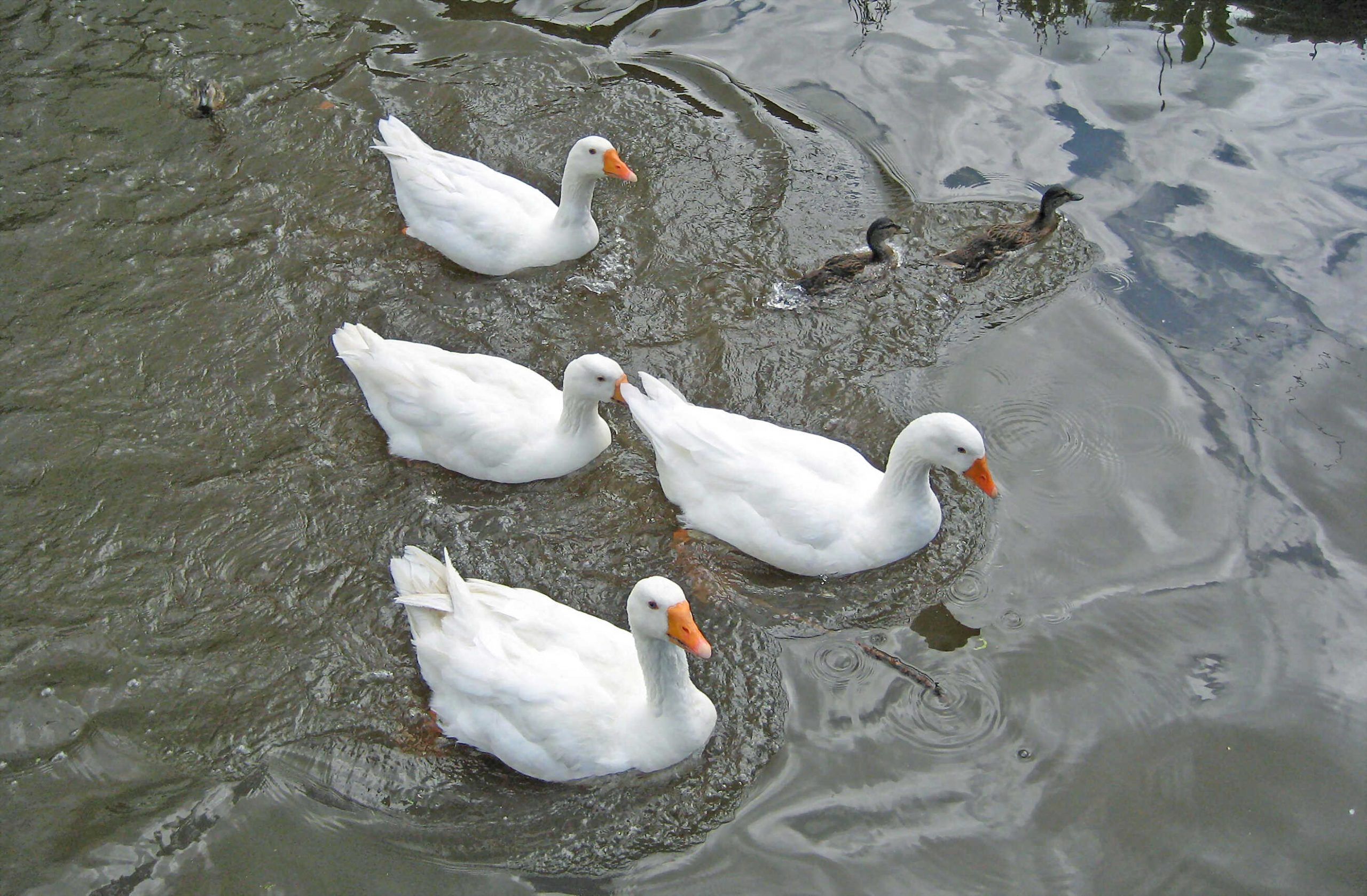
Moorhens and a Passenger
